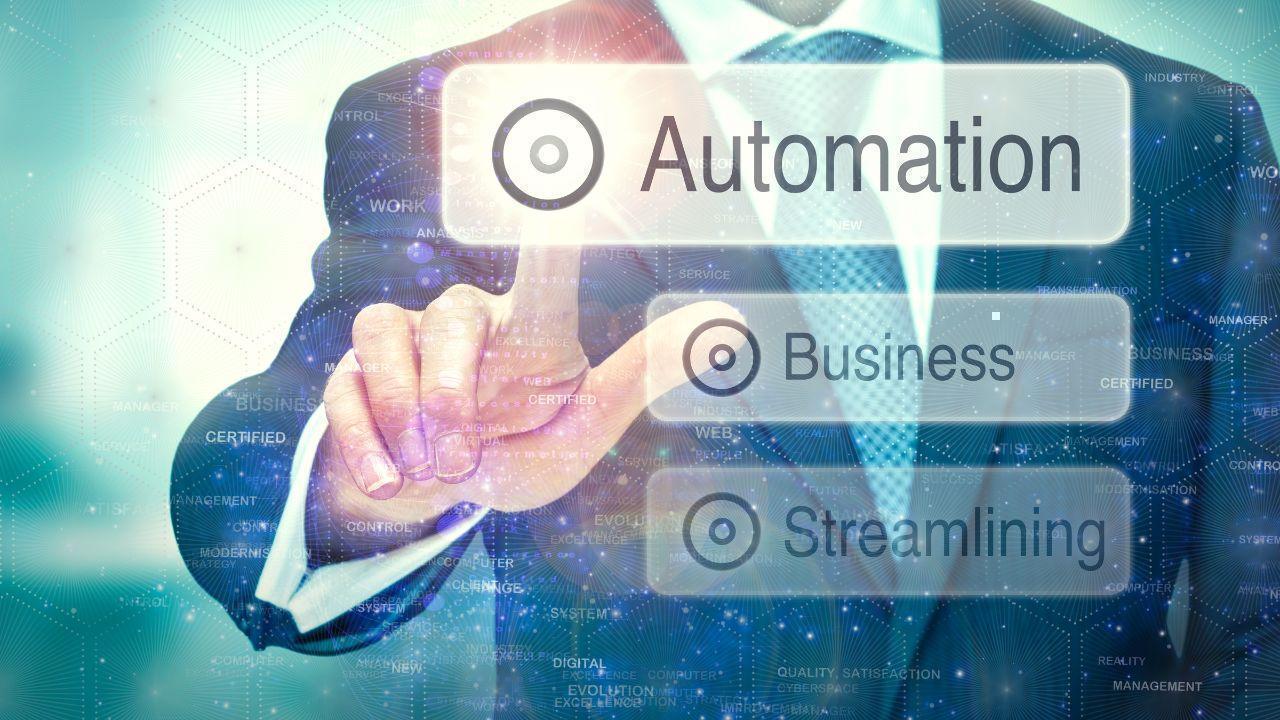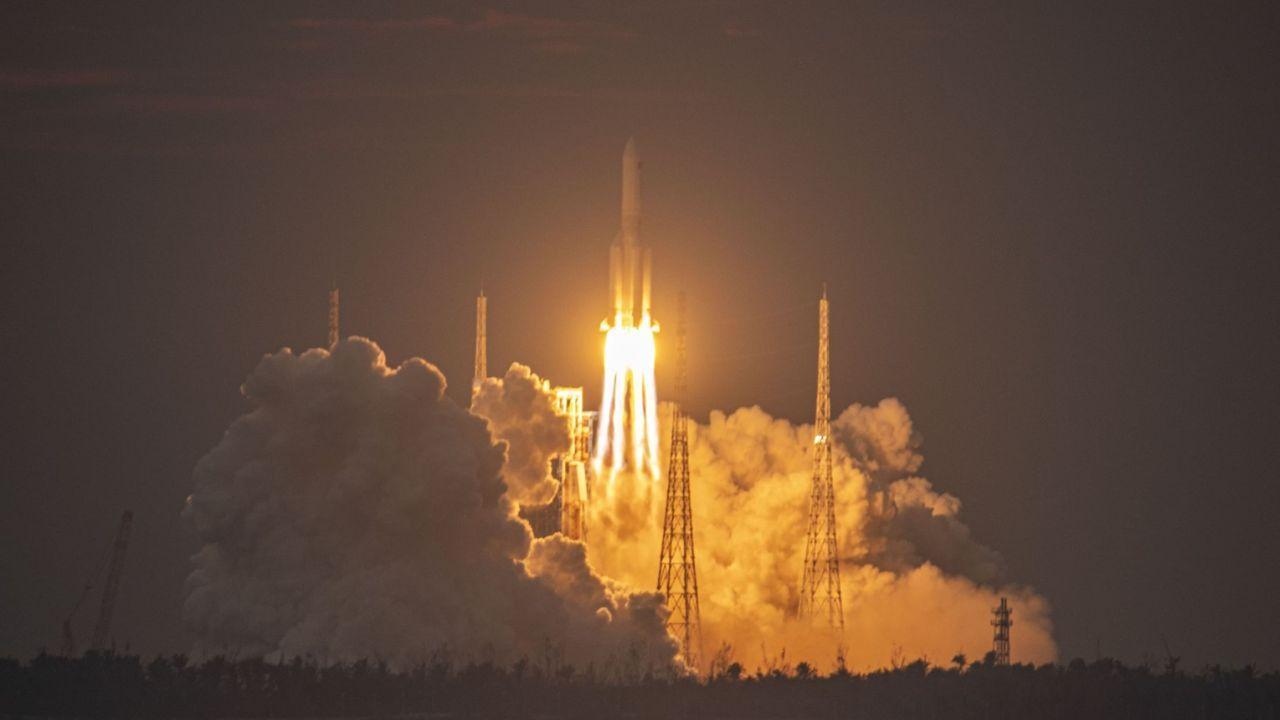
Post by: Zayd Kamal
The rise of automation has revolutionized industries across the globe, fundamentally transforming the way tasks are performed and reshaping the dynamics of the workforce. From assembly lines to customer service, automation has enhanced efficiency, improved precision, and reduced operational costs. However, with these advancements come challenges, particularly for workers whose roles are being replaced or redefined by machines. Understanding how automation is changing jobs and the workforce is essential to navigating the future of work.
Automation refers to the use of technology to execute tasks with minimal human intervention. This can range from simple operations, such as processing payments, to more complex functions driven by artificial intelligence (AI) and machine learning. Robots in manufacturing, chatbots handling customer inquiries, and algorithms analyzing massive datasets are all examples of automation in action. While its primary purpose is to boost productivity and reduce errors, automation also marks the beginning of a profound shift in how work is conducted across industries.
One of the most significant advantages of automation is its ability to increase productivity. Machines can operate around the clock without the need for breaks, enabling continuous workflows and faster completion of tasks. This efficiency often translates into cost savings for businesses, as fewer resources are required to achieve higher outputs. Moreover, automation has improved workplace safety by taking over dangerous tasks that previously posed risks to human workers. From hazardous material handling to heavy machinery operations, automation has made many industries safer. Another notable benefit is that automation allows employees to focus on creative and strategic aspects of their roles, as machines handle repetitive tasks, fostering innovation and personal growth in the workforce.
Despite its benefits, automation has also brought challenges that cannot be ignored. Job displacement is one of the most pressing concerns, especially for roles involving repetitive tasks such as data entry or retail operations. Workers in these fields often face uncertainty about their job security as machines take over their responsibilities. Another challenge is the growing skills gap, as many traditional workers lack the technical expertise required to operate or manage automated systems. This gap creates a divide in the workforce, with those skilled in technology enjoying better opportunities while others are left behind. Additionally, automation can exacerbate economic inequality, with high-paying tech roles increasing while lower-skilled jobs diminish, creating a more polarized job market.
While automation often sparks fear of job loss, it is equally important to recognize the new opportunities it creates. The demand for tech-driven roles, such as data scientists, AI specialists, and robotics engineers, is at an all-time high, opening doors for those equipped with relevant skills. Governments and companies are also investing in upskilling and reskilling programs, enabling workers to transition to emerging fields. Beyond specific roles, automation drives innovation, leading to the creation of entirely new industries, such as renewable energy and space exploration. Moreover, collaborative automation, where humans and machines work together, is gaining traction. For example, AI tools assisting doctors in diagnosing diseases showcase how technology can enhance human capabilities rather than replace them.
Adapting to the changes brought by automation is crucial for both workers and businesses. Lifelong learning has become indispensable in a tech-driven world, with workers needing to continuously update their skills to remain relevant. Online courses, certifications, and vocational training can help bridge the skills gap. Alongside technical expertise, the importance of soft skills, such as emotional intelligence, creativity, and communication, cannot be overstated. These uniquely human attributes ensure that workers remain valuable in roles requiring interaction and innovation. Businesses, on the other hand, must prioritize workforce transition by offering training programs and career development initiatives, ensuring that employees are equipped to thrive in an automated environment.
Automation is transforming industries worldwide, enhancing efficiency, reducing costs, and reshaping the workforce. It has introduced benefits like increased productivity, improved workplace safety, and innovation by taking over repetitive tasks. However, challenges such as job displacement, a widening skills gap, and economic inequality are growing concerns. While automation eliminates certain jobs, it also creates new opportunities in tech-driven fields like AI, robotics, and data science. Adapting to this evolving landscape requires continuous learning, upskilling, and focusing on human-centric skills. By embracing these changes, individuals and businesses can harness automation's potential for growth and innovation.
This article is for informational purposes only and reflects general insights about automation's impact on jobs and the workforce. DXB News Network does not guarantee the applicability of this information to specific scenarios and encourages readers to seek professional guidance for their unique situations. The content reflects ongoing developments in technology and labor trends, which may vary over time.
#trending #latest #AutomationImpact #FutureOfWork #WorkforceChanges #TechnologyAndJobs #JobEvolution #SkillsForTheFuture #TechDrivenWorld #InnovationAndJobs #WorkplaceAutomation #Reskilling #breakingnews #worldnews #headlines #topstories #globalUpdate #dxbnewsnetwork #dxbnews #dxbdnn #dxbnewsnetworkdnn #bestnewschanneldubai #bestnewschannelUAE #bestnewschannelabudhabi #bestnewschannelajman #bestnewschannelofdubai #popularnewschanneldubai

Vikrant Karyakarte: The Artist Who Paints the Rhythm of Life....Read More.

PM Modi will visit Jeddah to meet Crown Prince MBS. Talks will cover strong ties, strategy, and new MoUs. This is his first visit in his third term....Read More.














Humanoid Robots Race with Humans at Half-Marathon in China
21 humanoid robots raced alongside runners in the Yizhuang half-marathon, showcasing robotic enginee

Woman Brain-Dead After Paris Cryotherapy Accident
A woman is brain-dead after a fatal cryotherapy accident in Paris that also claimed a gym worker’s l

A Chinar Leaf in the Desert: Zubair Kirmani and the Journey of Kashmir at World Art Dubai
A Chinar Leaf in the Desert: Zubair Kirmani and the Journey of Kashmir at World Art Dubai

Carla Gía Brings the Language of Duality to World Art Dubai 2025
Carla Gía Brings the Language of Duality to World Art Dubai 2025

Not Just a Painting, It’s a Pulse: Deena Radhi at World Art Dubai 2025
Not Just a Painting, It’s a Pulse: Deena Radhi at World Art Dubai 2025